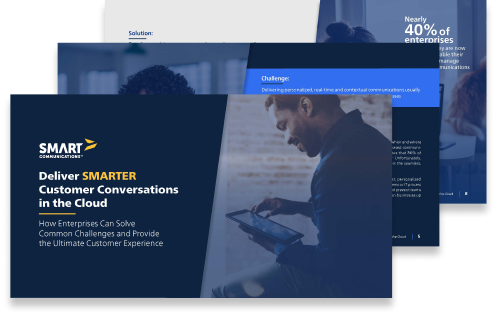Editions vs. Resource Categories
What they are, when to use them, pros and cons
Editions are used to dynamically change content based on Language, Jurisdiction, Idiom, Brand, Channel, and Effective Date.
Content has multiple versions at the template level, fragment level, or style level
Editions also have an effective date which takes precedence over the other criteria
Editions are used to significantly reduce the number of templates
Editions may be used to verify valid content is available for each criterion
Hides extensive business logic increasing template readability
Resource Categories
Resource Categories are used to search for resources or to select Dynamic Shared Content or Dynamic Enclosures to bring into a template.
Similar in concept to Keywords, but more powerful
Used to select Dynamic Shared Content and Dynamic Enclosures within Templates
Use to build GUI selection lists of Templates or Forms
Metadata can be structured
Changes to structure definition can be versioned
When to use them?
- To build selection lists for GUI interfaces
- To select Enclosures or Shared Content with unique Content
- When there is a large number of metadata items to track
- When there are specified metadata items that are
“required” to be filled-in - When you may require that certain data items be limited
to a specified enumeration of values - When you want to control the data type of the input for
metadata items (validation of input) - When you want to follow a consistent model of metadata
for associated resources
- To select variations of Content within a Template
or Shared Content - When selection criteria is based on Channel, Language, Jurisdiction, Idiom, Brand or Effective Date as pre-read
by Template Selector - To hide the Business Logic and make the Template
less cluttered and easier to read
NOTE: Sometimes the size of the editions can become a factor. If you have a Template (or Shared Content) that has a couple of Editions with content that is significantly different and spans a large number of pages, you may consider separating the Editions into separate Templates (or Shared Content) and then accessing them via Resource Category metadata such as Effective Dates.
Pros and Cons
Benefits
- Consistent set of metadata
- Structured data model
- Ability to store large amounts of metadata easily
- Ability to validate data and enforce usage
- Easy to select set of resources via metadata selections
- Provides for versioning
Considerations
- Added layer of implementation
- Requires extra planning
Benefits
- Hides logic from user
- Makes editing screen less cluttered
- Edition filter allows you to concentrate on just one set of content at a time
Considerations
- Requires setup for data in Template Selector so it is available at Design time (Channel, Jurisdiction, Language, Idiom, Brand, and/or Effective Date)
- When operating at Fragment level, Editions have to be set up for each Fragment content variation
- Only triggers on pre-set data elements



